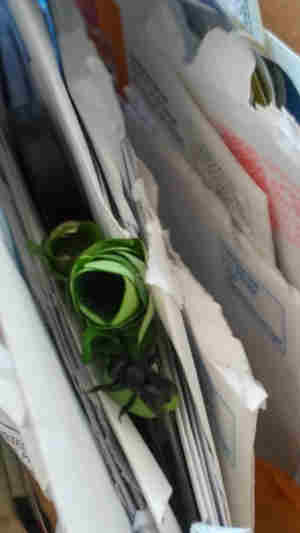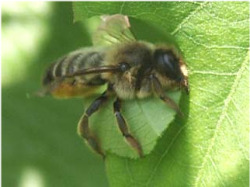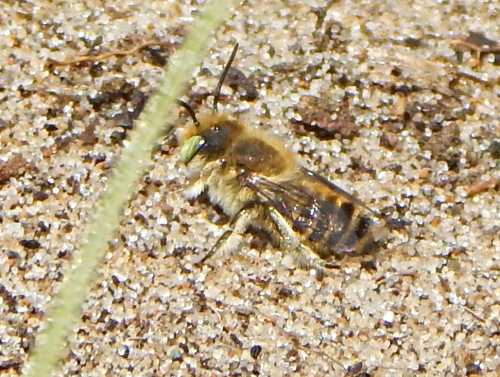Coastal Leafcutter Bee -Megachile maritima
Updated: 28th February 2021
It's easy to walk around coastal areas and think them unlikely places to find bees. Often, the flowers seem inconspicuous among the sand and coarse grasses. However, next time you visit such areas, look more closely. Pay attention not only to the taller blooms, but the creeping wild flowers that peep out from the sand around your feet. Look carefully, and you may see some of the lesser known species.
The flora, which may be less visible in such environments, nevertheless could be supporting all kinds of interesting bee species, such as the coastal leafcutter bee - Megachile maritima.
Coastal leafcutter bee - Megachile maritima
This a dark brownish bee. Megachile maritima females measure approximately 9 - 10.5mm, the males are of a similar size. Males have bushy hair on the front feet.
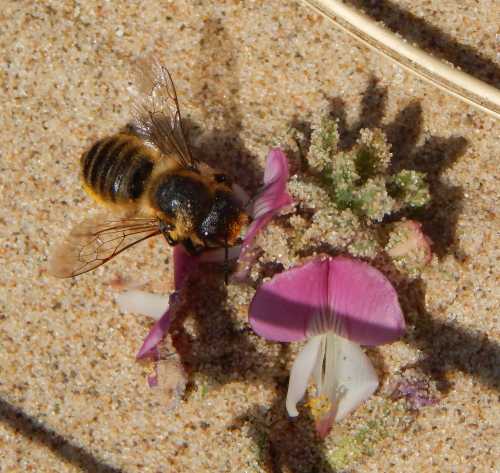 Coastal Leafcutter Bee - Megachile maritima - female - foraging on restharrow
Coastal Leafcutter Bee - Megachile maritima - female - foraging on restharrow
Habitat
Coastal sand dunes and heaths often support low growing legumes, such as restharrow and bird's foot trefoil - perfect for Megachile maritima.
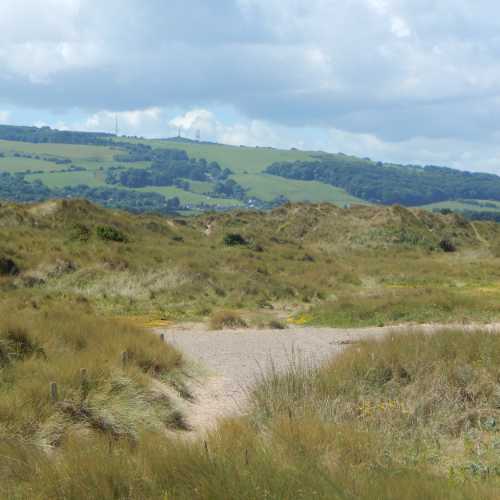 Look closely and you'll find sandy coastal areas support a wide range of flora, which in turn attracts a variety of invertebrate life, include bees and other pollinators.
Look closely and you'll find sandy coastal areas support a wide range of flora, which in turn attracts a variety of invertebrate life, include bees and other pollinators.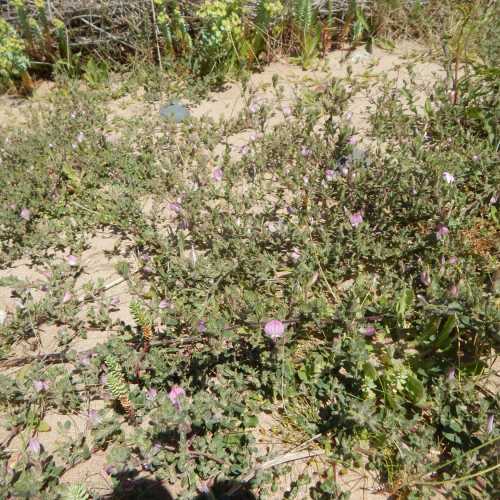 A patch of low-growing common restharrow - Ononis repens on the sandy ground.
A patch of low-growing common restharrow - Ononis repens on the sandy ground.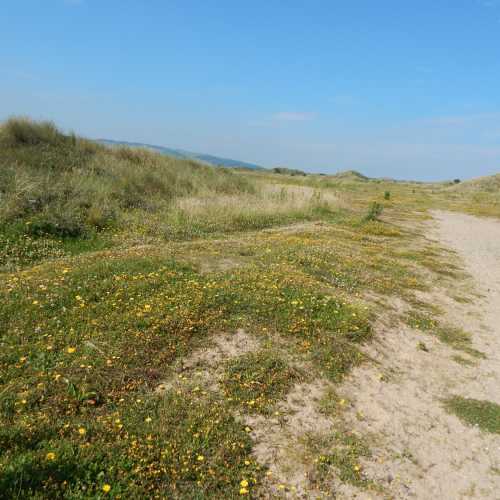 Swathes of bird's foot trefoil - Lotus corniculatus provide a rich source of food for a variety of bees.
Swathes of bird's foot trefoil - Lotus corniculatus provide a rich source of food for a variety of bees.Meanwhile, sea holly may grow in clumps along side the grasses, soaking up the sun, and attracting not only coastal leafcutter bees, but also bumble bees, butterflies and hoverflies.
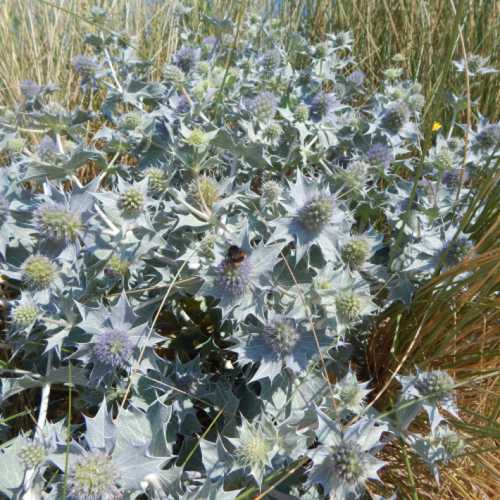 Sea holly - Eryngium maritimum thrives among the grasses, and is attractive to bees.
Sea holly - Eryngium maritimum thrives among the grasses, and is attractive to bees.Foraging preferences of the coastal leafcutter bee
In addition to the flora mentioned above, Megachile maritima is also attracted to vetches, hound's tongue, thistles, knapweed. ragworts, brambles, heathers and Viper's-bugloss. All of these are present at the site where this photograph was taken. It's a protected site, and provides ideal habitat for this species and many others.
Nesting habits
Nests occur in sandy ground, using leaves from a variety of plants including hound's tongue and willow (Salix).
Flight season
You are mostly likely to spot Megachile maritima between June and August.
If you found this page helpful or interesting, I'd really be grateful if you would share it with others - if not this page, perhaps another, such as Gardening For Bees.
Thank you so much :) .
